In this video the instructor shows how to clone computers across the Local Area Network using BartPE and Selfimage. To do this first we will have an original computer. Now create the image of the hard drive of the computer and share it on the network drive. Now, using that image from the shared folder you can start the clones of other computers by overriding their hard drive using this image of the main hard drive. Using this technique you can clone multiple computers which are the exact duplicates of the original computer. So first create a shared folder which contains plenty of space to contain the image of the original computer. Set the permissions of the folder to read and write to it. Now, create the disk image of the original computer using BartPE CD as shown in the video. Now, boot the other computers using this image as shown in the video. This video shows how to clone computers across the Local Area Network using BartPE and Selfimage.
Apple's iOS 26 and iPadOS 26 updates are packed with new features, and you can try them before almost everyone else. First, check Gadget Hacks' list of supported iPhone and iPad models, then follow the step-by-step guide to install the iOS/iPadOS 26 beta — no paid developer account required.





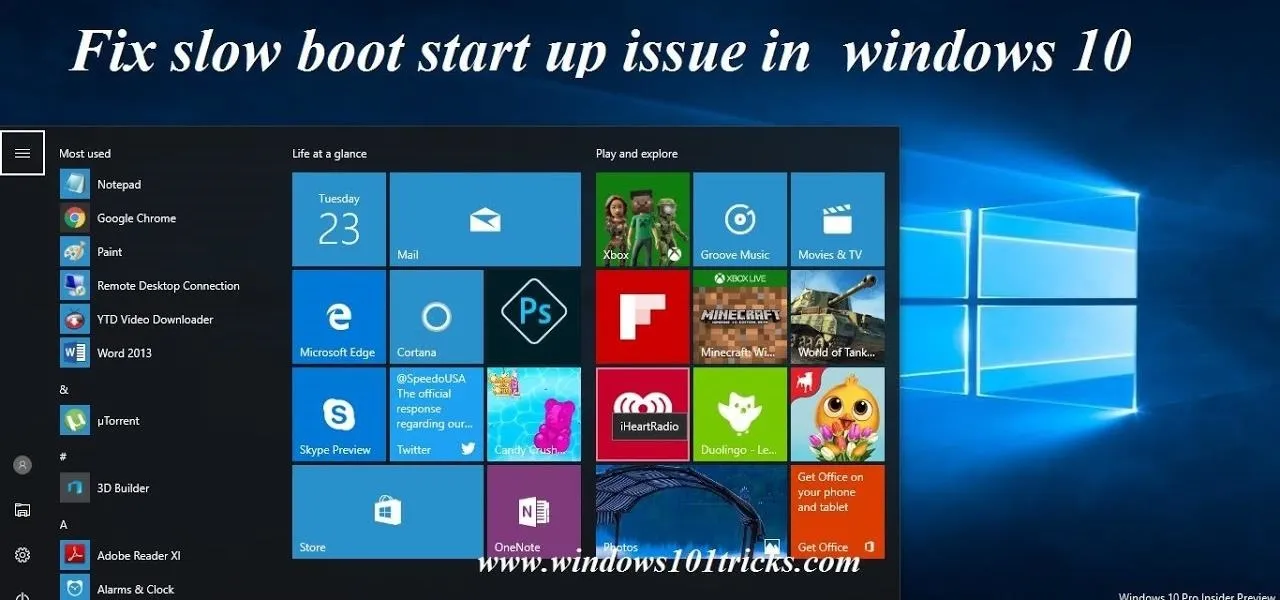
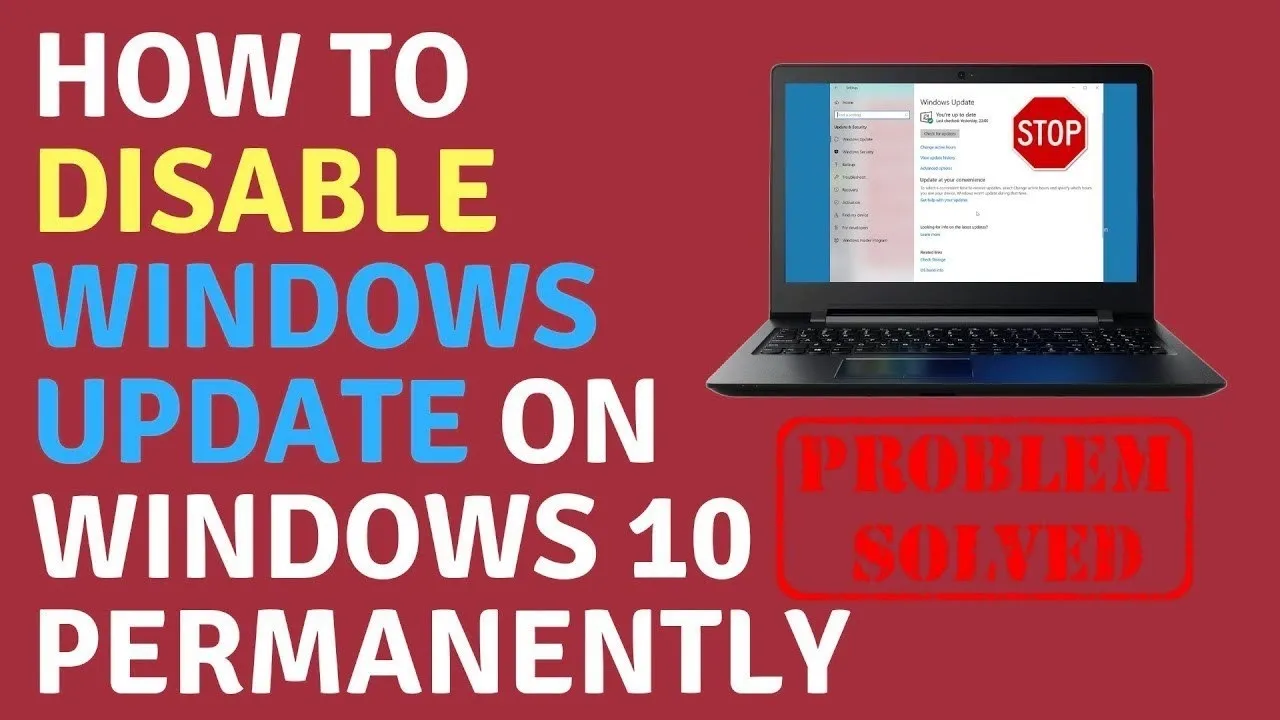
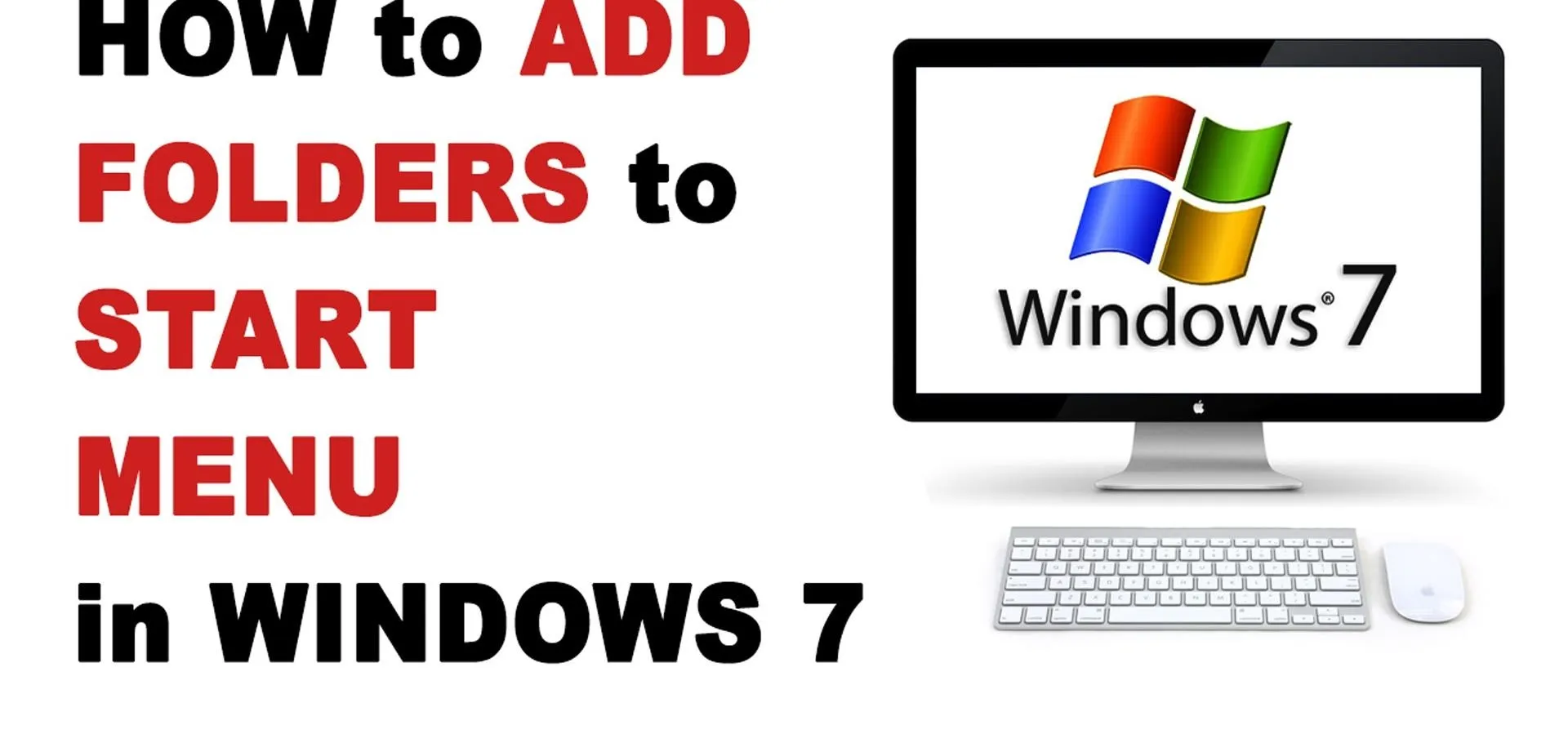
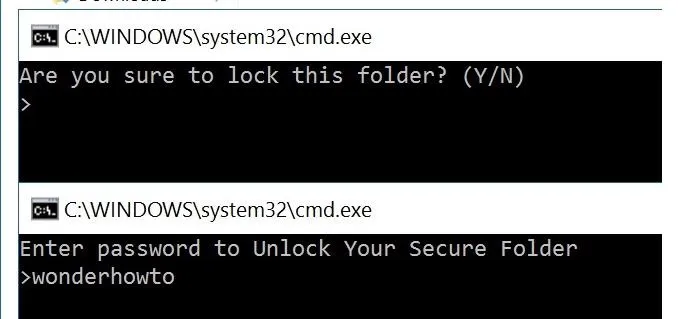
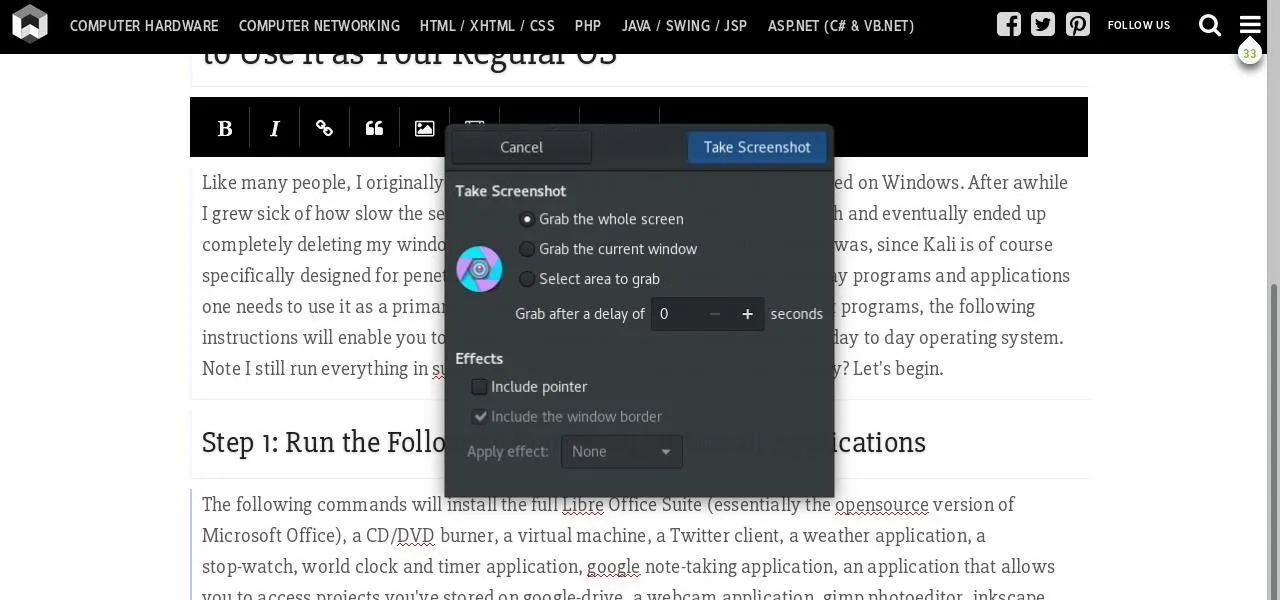
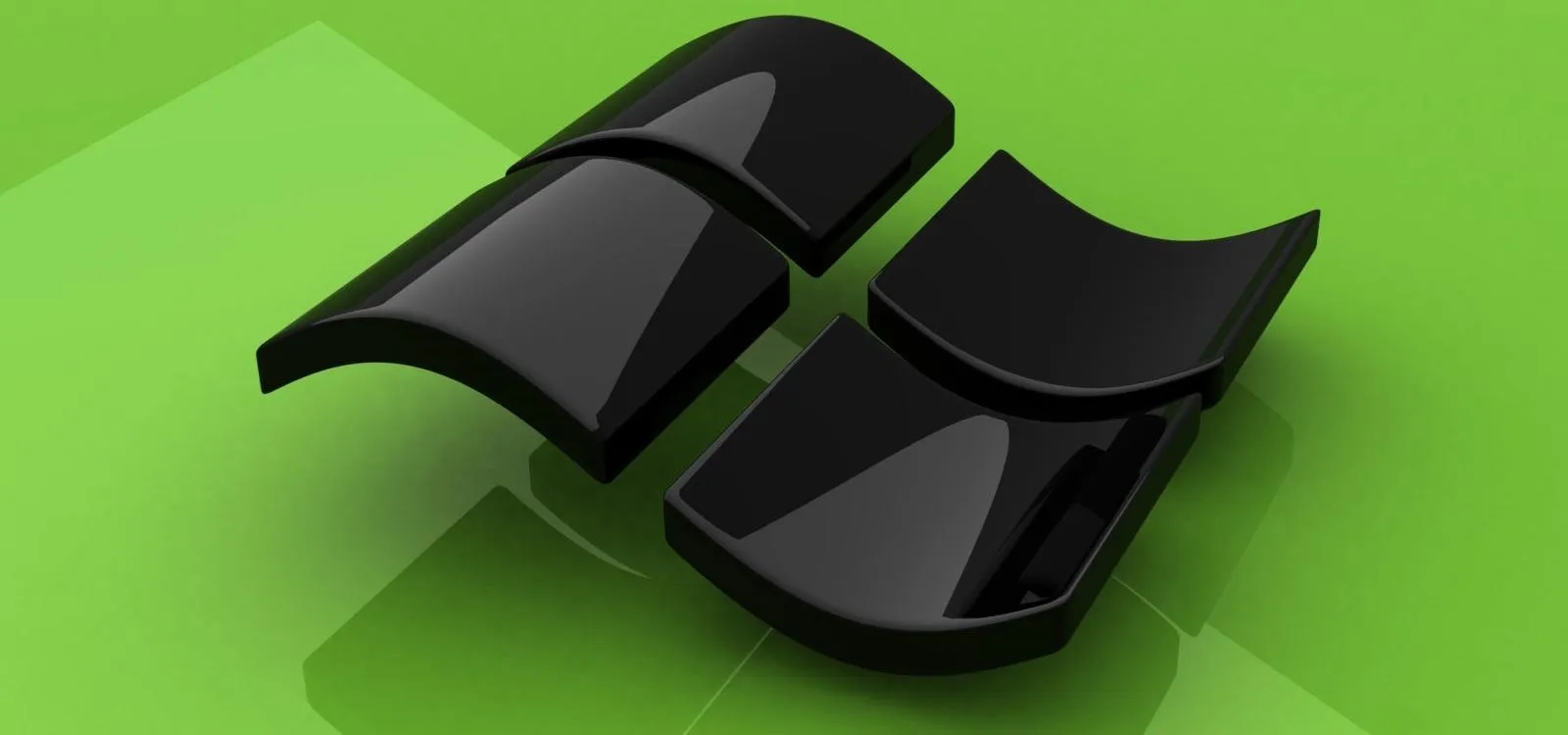


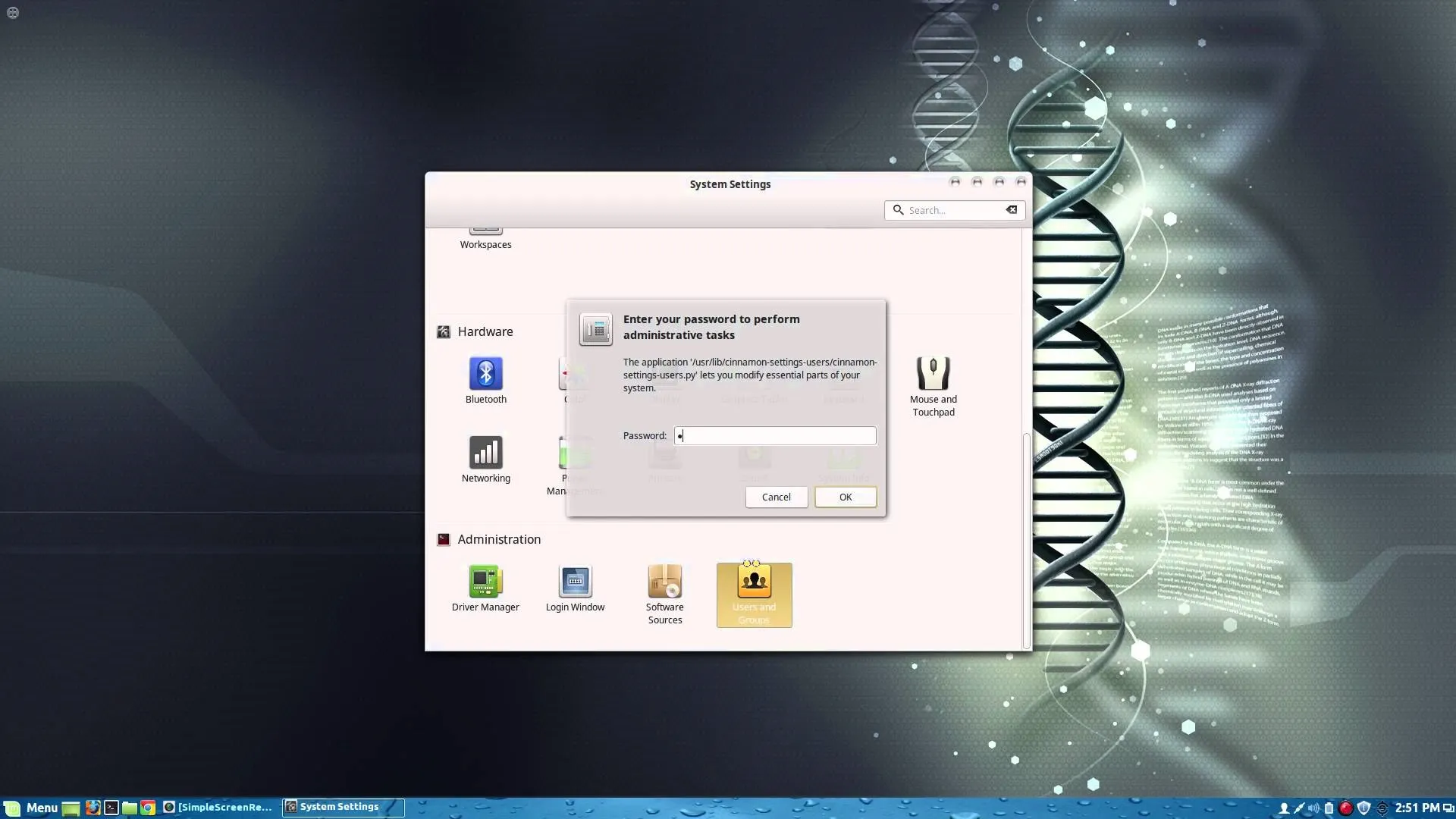
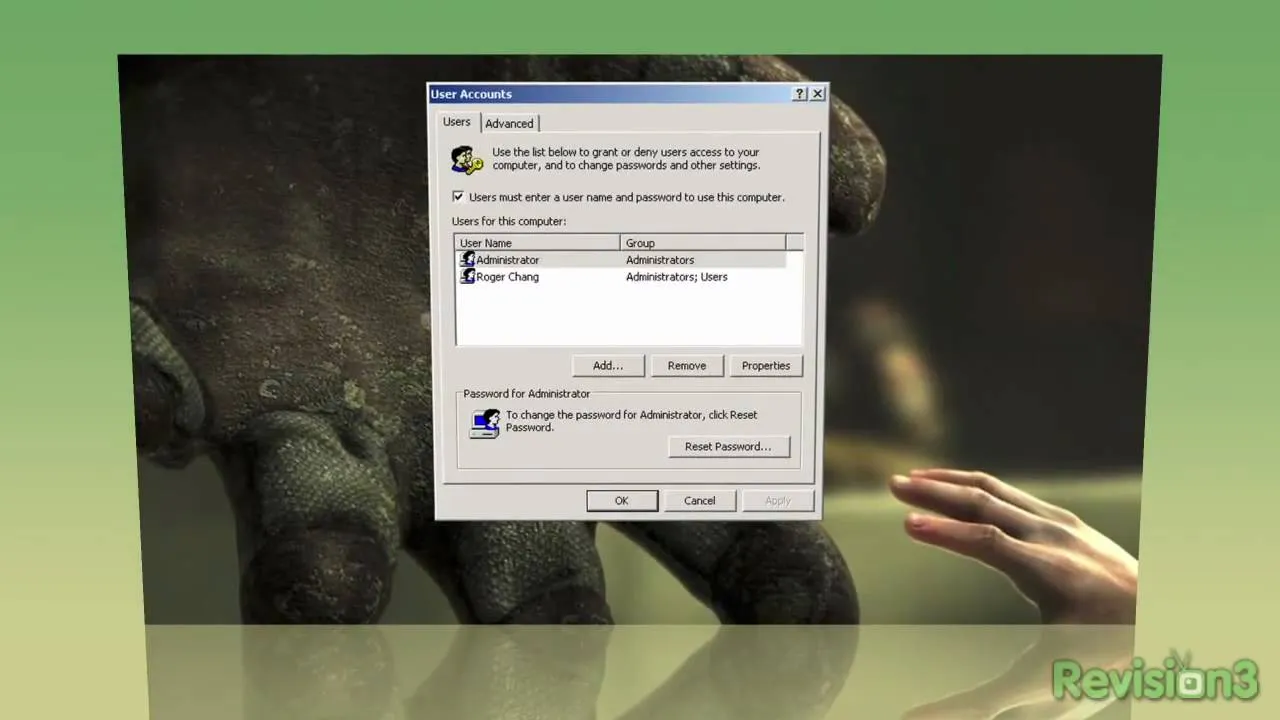
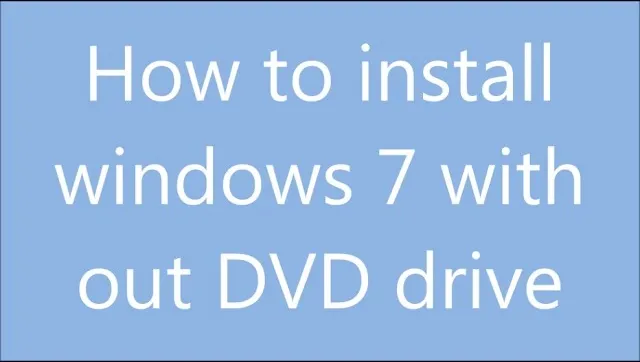
Comments
Be the first, drop a comment!